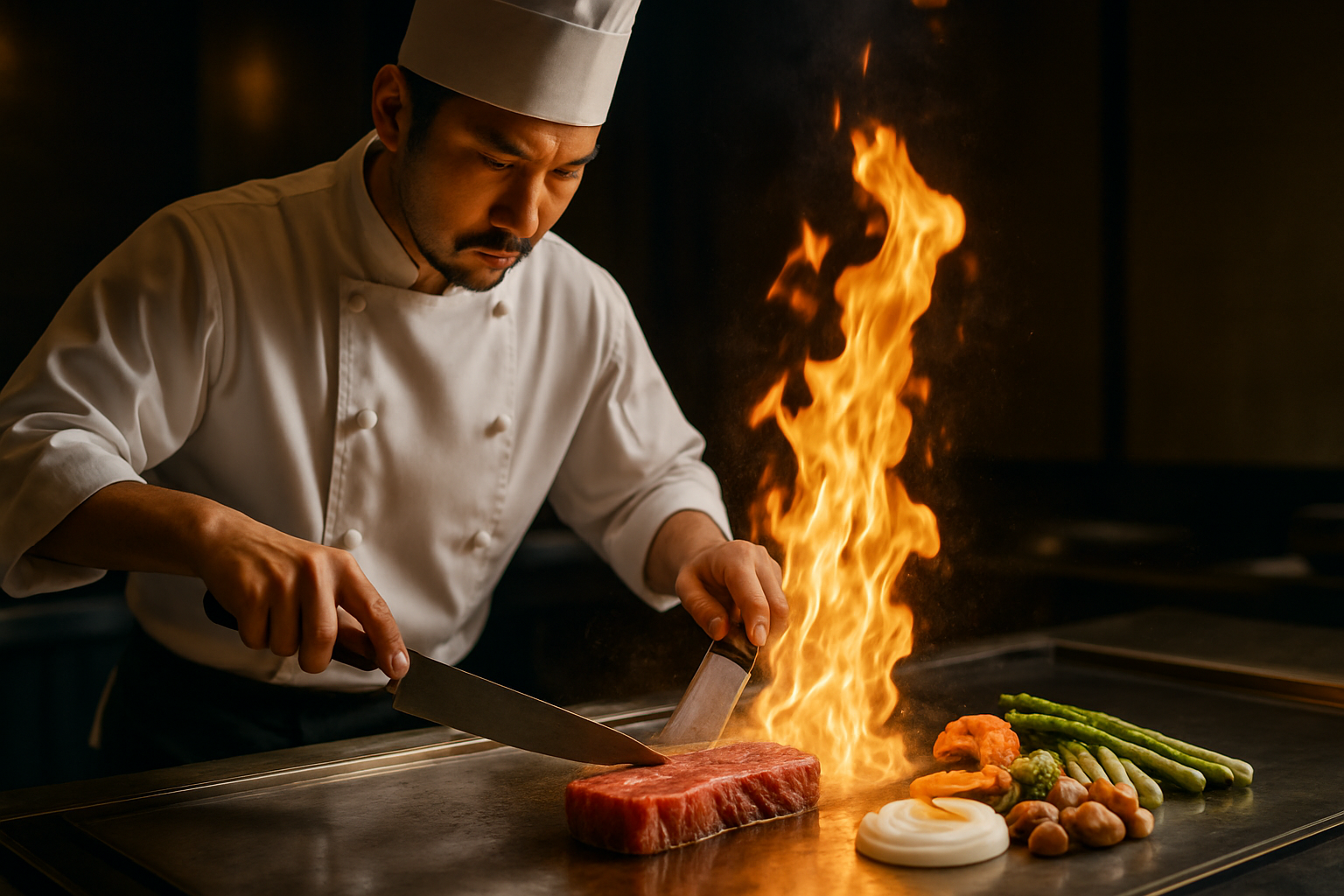Culinary Alchemy: Transforming Flavors with Smoke
Smoke-infused cuisine is taking the culinary world by storm, offering a tantalizing blend of tradition and innovation. From smoked cocktails to desserts, chefs and home cooks alike are exploring the depths of flavor that smoke can impart. This article delves into the art and science of smoke-infused cooking, revealing techniques and ideas that will elevate your culinary creations to new heights.

Beyond the Barbecue: Unexpected Applications
While smoked meats are a staple of barbecue cuisine, innovative chefs are pushing the boundaries of smoke-infused cooking far beyond traditional applications. Smoked fruits and vegetables are gaining popularity, offering a unique twist on familiar flavors. Imagine the depth a smoked tomato can bring to a salsa or the complexity a smoked peach adds to a dessert. Even liquids can be infused with smoke, leading to the creation of smoked olive oils, butter, and cocktails. Mixologists are experimenting with smoke-infused ice cubes and garnishes, adding a layer of sensory experience to their drinks. In the world of desserts, smoked chocolate, ice cream, and even cotton candy are surprising diners with their unexpected flavors. These innovative applications demonstrate that smoke can be a versatile tool in the culinary arsenal, capable of transforming a wide range of ingredients and dishes.
Techniques for Home Smoking
Bringing the art of smoke-infused cooking into the home kitchen is easier than ever with a variety of techniques and tools available. For those without access to outdoor smoking equipment, stovetop smoking is an excellent alternative. This method involves using a deep pot with a tight-fitting lid, a small rack, and wood chips to create a controlled smoking environment. Another innovative technique is the use of smoking guns, handheld devices that produce cold smoke that can be captured under a cloche or in a sealed container with food. For a more DIY approach, tea smoking involves creating a mixture of tea leaves, rice, and sugar in a foil packet, which is then heated to produce aromatic smoke. These techniques allow home cooks to experiment with smoke flavors without investing in large, specialized equipment, making smoke-infused cooking accessible to a wider audience.
The Art of Pairing Smoke with Food
Mastering the art of pairing smoke flavors with different foods is key to creating harmonious and memorable dishes. The intensity and character of the smoke should complement, not overpower, the natural flavors of the food. Delicate proteins like fish and poultry often pair well with lighter, fruitwood smokes such as apple or cherry. Robust meats like beef and pork can stand up to stronger smoke flavors from hickory or mesquite. When it comes to vegetables, consider their natural sweetness or bitterness when choosing a smoke flavor. For example, the sweetness of corn can be enhanced with a mild maple smoke, while the bitterness of Brussels sprouts can be balanced with a sweeter applewood smoke. Experimentation is key, and chefs are encouraged to explore unconventional pairings to discover new flavor combinations that excite the palate.
Sustainability and Innovation in Smoking
As the culinary world embraces smoke-infused cooking, there’s a growing focus on sustainability and innovation in smoking techniques. Chefs are exploring alternative smoking materials beyond traditional woods, such as hay, herbs, and even recycled grape pomace from winemaking. These materials not only offer unique flavor profiles but also provide a more sustainable approach to smoking. Additionally, advanced smoking technologies are emerging, such as precision-controlled electric smokers that allow for exact temperature and smoke density control. Some innovators are even experimenting with molecular gastronomy techniques to create “instant smoke” powders and foams, allowing for the incorporation of smoke flavors without the need for traditional smoking equipment. These developments are expanding the possibilities of smoke-infused cuisine while addressing environmental concerns associated with traditional smoking methods.
Smoke-Infused Culinary Tips & Facts
• Different woods produce distinct smoke flavors: hickory (strong, bacon-like), applewood (mild, sweet), mesquite (intense, earthy).
• Cold smoking (below 85°F) is ideal for delicate foods like cheese and salmon.
• Hot smoking (165°F to 185°F) cooks food while infusing it with smoke flavor.
• Liquid smoke, while convenient, lacks the complexity of real wood smoke.
• Avoid using softwoods like pine or cedar, as they can impart unpleasant flavors and potentially harmful compounds.
• Smoking can extend the shelf life of foods by inhibiting bacterial growth.
• The Maillard reaction, which occurs during smoking, contributes to the formation of new flavor compounds.
• Smoked salt is an easy way to add a smoky flavor to dishes without actual smoking.
Smoke-infused cooking is more than just a trend; it’s a rediscovery of an ancient culinary technique with modern twists. As chefs and home cooks continue to explore the possibilities of smoke, we can expect to see even more innovative applications and flavor combinations. Whether you’re a seasoned pitmaster or a curious home cook, the world of smoke-infused cuisine offers endless opportunities for creativity and flavor exploration. Embrace the alchemy of smoke, and let it transform your culinary creations into unforgettable experiences.





